SSZTCN6 june 2015 ALM2402-Q1
In my last blog post, I introduced an integrated solution for a high-current amplifier application. I talked about the advantages of TI’s ALM2402 dual-operational amplifier over a discrete solution and how it is useful to save your board space while packing critical features like over current protection and thermal shutdown protection. In this post, we’ll talk about various applications where you can use this amplifier in motor-drive systems.
Motors are everywhere: in your car, in complicated factory establishments, in your building’s elevator, toys, toothbrushes, trimmers and more.
Motor applications are vast and span from high wattage-motors for example the motor in your Hybrid car to small motors for example in your kid’s toys. There are various challenges when developing solutions for high current motor drive systems and one of them is measuring the motor position. We will discuss briefly how ALM2402 can be useful to bring more integration in your system in resolver application. For small motors we will go over how to configure your ALM2402 to drive bipolar or unipolar motors.
How to Drive Your Excitation Coil in Motor-drive Applications
First off, what is the excitation coil, and where is it used? A resolver is used to determine angular or degrees of rotation. To measure how much the motor rotor has moved and at what speed, you excite the excitation coil and measure the phase shift between the two other coils. Since the two coils are 90 degrees out of phase, we have a modulated result of Vexc to sine and cosine, depending on the shaft rotation.
Figure 1 below shows a typical waveform across the excitation coil and subsequent sine and cosine waves at the other coils in the resolver. Analyzing these waveforms basically tells you the rotor position. Equations 1 through 3 govern this concept:
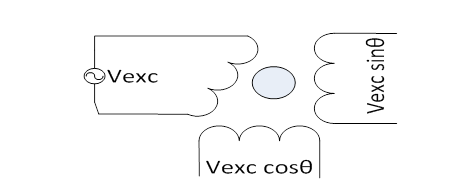 Figure 1 Resolver Coil
Structure
Figure 1 Resolver Coil
Structure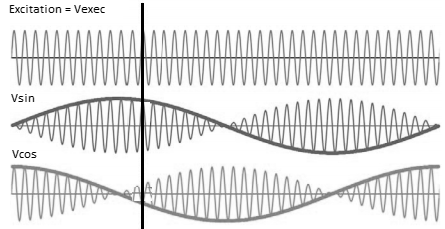 Figure 2 Waveform across the Resolver
Coils
Figure 2 Waveform across the Resolver
CoilsDriving an excitation coil for a resolver-to-digital converter can be tricky. Remember, you have to sink and source current through the coil, which emulates as impedance with the inductor and resistance in series. Depending on the frequency of the excitation signal, the peak currents in the coils vary. The amplifier should be able to deliver enough current through the coil without creating any distortion. Figure 2 shows a typical application of a resolver-to-digital converter.
The ALM2402-Q1 offers a unique advantage by allowing the system to have overcurrent protection if the excitation coil shorts to ground or battery while delivering 400mA of current into the inductive load. It also allows a system feedback and shutdown option in case of over-temperature operation. You can shut down the system and restart it to check if there is a fault with the resolver module. This improves system life and reliability.
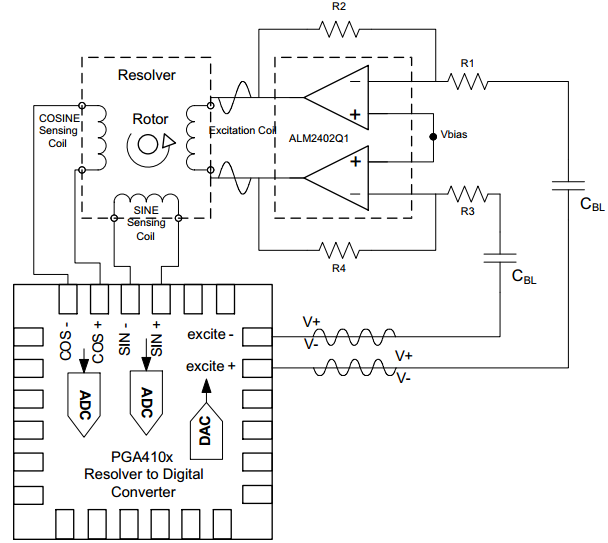 Figure 3 The ALM2402 In a Resolver Application
Figure 3 The ALM2402 In a Resolver ApplicationHow to Drive Small Brushed Motors
As a high-current amplifier with each channel capable of sourcing and sinking 400mA current, the ALM2402-Q1 can support low-current motor-drive applications as well. Figure 3 shows how. The diodes are internal to the device, which allows the current to flow to source or ground during coast or breaking operations.
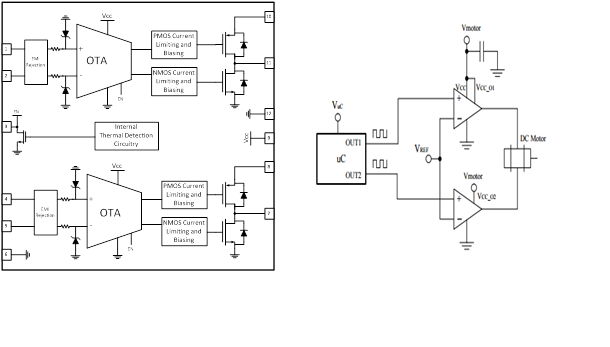 Figure 4 ALM2402 Block Diagram and Bidirectional Motor Control
Figure 4 ALM2402 Block Diagram and Bidirectional Motor ControlTable 1 explains various modes of operation and input conditions for bidirectional motor control.
| OTF | OUT1 | OUT2 | Motor direction |
|---|---|---|---|
| Low | X | X | Coast |
| High | Low | Low | Brake |
| High | Low | High | Reverse |
| High | High | Low | Forward |
| High | High | High | Brake |
Developers can also implement unidirection motor control using the ALM2402-Q1. The scheme is fairly simple, as shown in Figure 5. A high signal will turn the motor on and a low signal will turn it off. If you require higher efficiency, you can incorporate a pulse-width modulation (PWM) scheme for motor control as well.
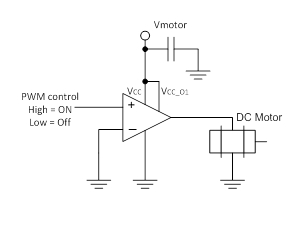 Figure 5 Unidirectional Motor-control Block Diagram
Figure 5 Unidirectional Motor-control Block DiagramIn conclusion, motor-driver applications like excitation coil driving and driving low-current motors can benefit from extra protection in an op amp like the ALM2402-Q1. Unique protection features like overcurrent and thermalprotection, while incorporating automotive quality is a boon for a design engineer for Industrial and other applications as well.
In my next blog post, I am going to talk about how to use ALM2402 for driving high current or string of LEDs.
Additional Resources:
- What is a resolver? Click here to learn: http://www.amci.com/tutorials/tutorials-what-is-resolver.asp.
- “Smarter sensors for smarter vehicles” http://www.te.com.cn/content/dam/te-com/documents/sensors/global/1654284-1-multi-coil-resolver-mcr-net.pdf.
- Download the ALM2402-Q1 datasheet.
- Read the ALM2402-Q1 application note to learn more about how it is used.